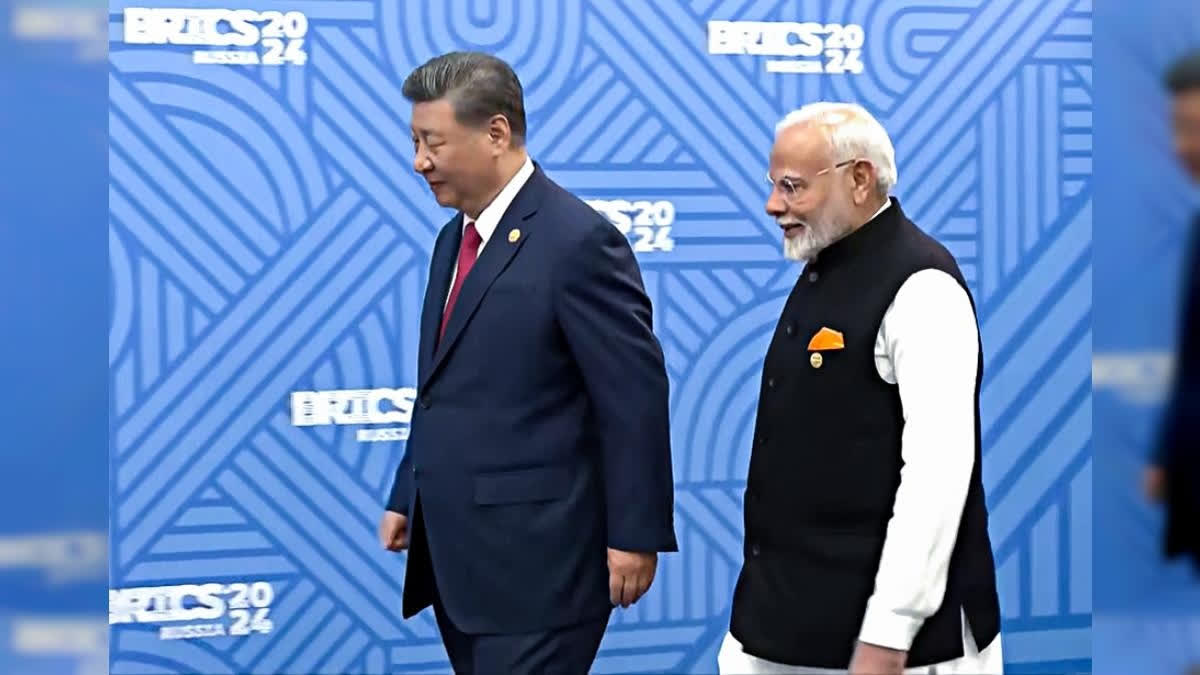New Delhi: India and China began disengagement in Depsang Plains and Demchok in the Eastern Ladakh sector on Monday, which is set for completion by October 29.
In conversation with ETV Bharat, Professor of China Studies at Jawaharlal Nehru University, New Delhi, Srikant Kondapalli said, "It is a positive development because the situation at the border has been an impasse for over four years, with only trade moving forward while visa issuances have completely stalled."
"This lack of progress not only hampers relations but also places a heavy financial burden on both nations due to substantial investments in military infrastructure. So, there was a need to take a call for an urgent assessment of the overarching issues at play," said Kondapalli.
"India's position, as clearly articulated by (External Affairs Minister S) Jaishankar, is that until peace and tranquillity are restored, there can be no meaningful bilateral relationship, a stance reinforced after the Galwan incident in June 2020. What we see now is not just a national focus, but a comprehensive government strategy, reflecting India's commitment to stand firm through mobilisation.
"This has put significant pressure on China, which is also dealing with multiple conflict zones, including Taiwan and the South China Sea. While discussions have recently highlighted specific friction points— Depsang plains and Demchok — there is potential for broader conversations if India applies consistent pressure”, he added.
According to sources, the completion of the disengagement process along the India-China border will be formally announced once troops from both nations conduct a thorough verification of the removal of military structures in eastern Ladakh.
Earlier this week, in a significant diplomatic achievement, India successfully negotiated an agreement with China regarding patrolling the Line of Actual Control (LAC). This breakthrough comes in the wake of strained relations that escalated after the fierce clash in Galwan Valley in June 2020, which marked a serious turning point in military tensions between the two countries. As a result, the process of troop disengagement is now actively progressing at two critical friction points in eastern Ladakh.
